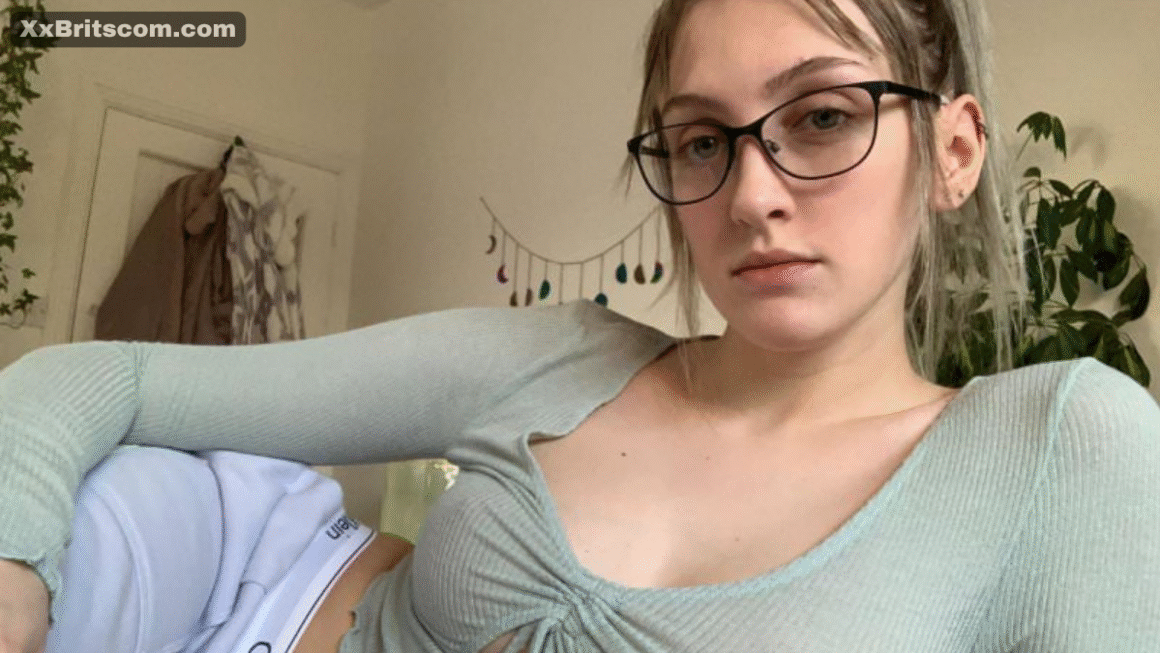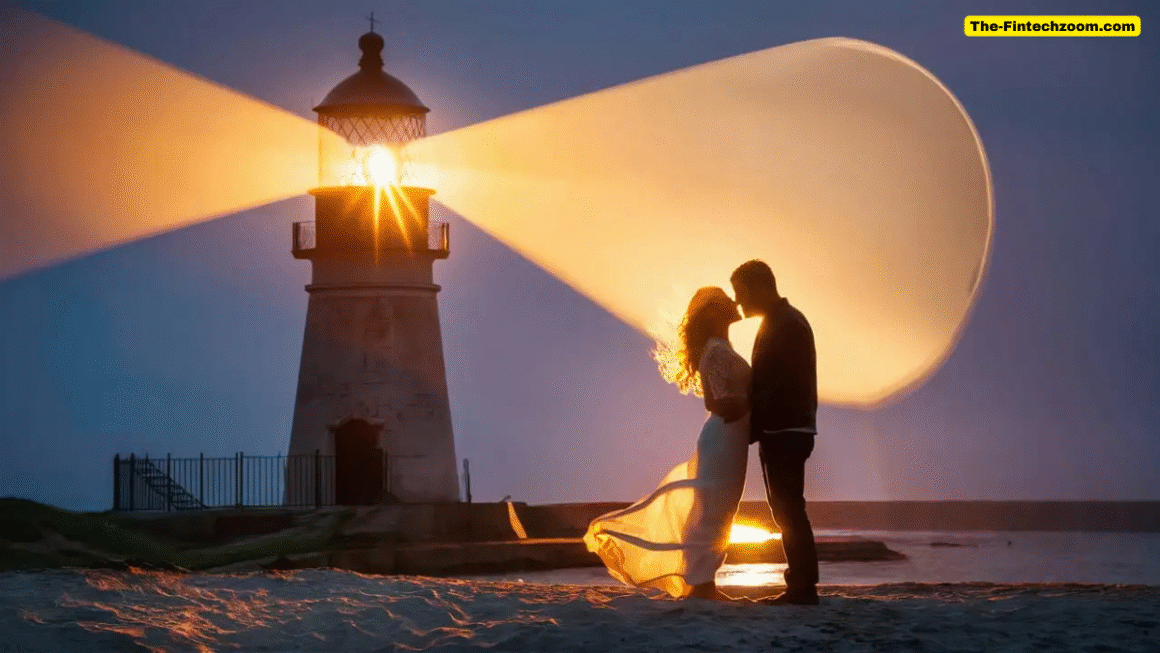Introduction: Who Is Sandra Orlow and Why Her Name Still Surfaces
In the far corners of the internet, certain names linger long after their relevance seems to have faded. One such name is Sandra Orlow. If you’ve come across this name during a random internet search or on obscure forums, you’re not alone. But unlike celebrities or viral personalities, Sandra Orlow is surrounded by a veil of mystery and controversy that most people don’t fully understand.
Before diving deeper, it’s important to approach this topic with nuance and responsibility. Conversations around Sandra Orlow are often sensationalized, confused with rumors, or lack proper context. Our aim here is to provide a comprehensive, factual, and mature exploration of who she was, why her name became notable online, and what that means in a broader social and legal context.
This article will explore Sandra Orlow’s history, the controversies tied to her name, the legal implications surrounding her case, and how society continues to deal with sensitive topics in the digital age.
1. Early Life and Internet Emergence: The Digital Footprint Begins
Sandra Orlow first became known in the early 2000s through modeling websites that skirted the edge of legality and ethics. These platforms promoted themselves as featuring “legal teen” models, often walking a fine line between youthful modeling and exploitation. Sandra was one of the individuals who gained online notoriety through such channels.

Unlike typical models who appear in mainstream media, Orlow’s images circulated through highly niche, subscription-based platforms. Despite claims of legality by those sites, there was growing concern from advocacy groups and law enforcement about how these images were used and distributed.
It’s important to understand that at the time, the internet was going through rapid changes. The rise of unregulated websites, forums, and file-sharing platforms allowed for the widespread distribution of questionable content. Orlow, still a minor at the beginning of her digital exposure, became a symbol of how the internet could be used to blur lines that should remain clearly defined.
2. Legal Troubles and Controversy: What Happened?
Sandra Orlow’s name is often tied to legal cases involving child exploitation, and her modeling career raised numerous red flags. Reports and court records eventually surfaced, suggesting that content involving her had violated federal laws concerning the exploitation of minors. Her case became a focal point in discussions about the legality and morality of teen modeling sites.
Eventually, legal action was taken against site operators and those involved in distributing the images. Although Orlow herself was not typically portrayed as a perpetrator, she was central to the cases that emerged. This distinction is critical to understanding the complex legal and moral implications of her story.
Law enforcement agencies in the U.S. and internationally began cracking down on sites that featured or distributed her images. The term “Lolita modeling” became synonymous with legal grey zones, and lawmakers started pushing for clearer definitions and stronger regulations.
3. Internet Culture and Obsession: Why Her Name Resurfaces
Even though her modeling days are far behind her, Sandra Orlow’s name continues to pop up in obscure corners of the internet. Forums, social media groups, and even dark web pages sometimes mention her in nostalgic or problematic tones. This raises a critical question: why does this online fascination persist?
Part of the answer lies in the Internet’s long memory. Once content is uploaded, it’s nearly impossible to erase it. People often rediscover old content and, without proper context, sensationalize or romanticize it. This has led to an almost cult-like obsession in some digital spaces, with users revisiting and sharing content that should have been buried with time and reflection.
Moreover, the anonymity of the internet provides a veil for people to discuss taboo topics without accountability. Sandra Orlow’s name is sometimes exploited as clickbait or used in discussions that sensationalize rather than educate. This reflects broader problems about digital ethics and how people consume and distribute information online.
4. The Legal and Ethical Implications of Online Modeling for Minors
Sandra Orlow’s case acted as a catalyst for examining how children and teenagers are portrayed online. While laws exist to protect minors, there are loopholes that unscrupulous individuals can exploit. The modeling industry, particularly online, is one such arena that requires stronger oversight.
Before and during Orlow’s time online, many websites operated under the claim that everything was legal because the models were above a certain age or parental consent had been given. However, such defenses don’t always hold up in court—particularly when the material is judged based on context and intent.
Ethically, the presence of young individuals in such suggestive scenarios raised alarm bells across advocacy communities. The fight against child exploitation evolved with new legislation, better monitoring systems, and increased international cooperation. Sandra Orlow’s situation, while specific, helped bring these issues into sharper focus.
5. Psychological Impact and Long-Term Effects
One aspect that often gets overlooked in discussions about Sandra Orlow is the long-term psychological impact. Being thrust into the spotlight—especially under dubious and exploitative circumstances—can have lasting effects on mental health.
While there’s limited public information about Orlow’s life after her modeling days, it’s safe to assume that such an experience would leave emotional scars. Individuals who were part of similar modeling circles have spoken out in recent years, detailing struggles with identity, shame, and PTSD.
The role of society and media in re-traumatizing victims can’t be overstated. Every time her name resurfaces without sensitivity or understanding, it risks perpetuating harm. This is why responsible discussion is crucial—something that prioritizes understanding over spectacle.
6. How the Law Has Evolved Since Then
Thanks to cases like Orlow’s, lawmakers have made strides in tightening regulations around child modeling and online content. In the United States, the PROTECT Act and other laws now provide clearer definitions of what constitutes illegal material and make it easier to prosecute those who create or distribute such content.
Digital platforms are also increasingly held accountable. Major hosting services and social networks have updated their policies to swiftly remove any content that might involve minors in inappropriate contexts. AI-based content detection tools are now part of many companies’ content moderation toolkits.
Moreover, international cooperation has grown. Many nations now share databases and intelligence to track down predators and dismantle problematic networks. Sandra Orlow’s unfortunate rise to internet notoriety was one of many cases that underscored the need for such progress.
7. Cultural Commentary: What Orlow’s Story Says About Us
Beyond the legal and psychological layers, Sandra Orlow’s story also invites a cultural reflection. What does our fascination with such controversial figures say about our collective psyche? Why are some internet users drawn to re-exploring content that should be forgotten?
Part of the reason may be rooted in the human tendency to fixate on taboos. The more something is considered forbidden, the more intrigue it holds for some people. This is magnified online, where social norms are often disregarded in favor of anonymity and curiosity.
There’s also an element of digital archaeology involved. Some users stumble upon past content without knowing its full context, treating it like a historical discovery rather than a sensitive issue. This again underscores the need for better education and digital literacy across all age groups.
8. Where Is Sandra Orlow Now? The Search for Privacy and Closure
Despite the endless digital chatter, very little is known about Sandra Orlow’s current life. Some reports suggest she has disappeared from public life entirely, choosing to live privately and avoid the internet spotlight.
This silence may be a conscious choice—and a wise one. After years of unwanted attention and controversy, seeking privacy can be a healing path. The lack of verifiable information about her current whereabouts should be respected, not probed.
What’s most important is that we allow individuals the space to move on. Everyone deserves the chance to rewrite their own story, free from the constraints of past mistakes or circumstances they didn’t control.
9. Lessons Learned: What Society Must Remember
Sandra Orlow’s story teaches us several vital lessons. First and foremost, we must be vigilant about how minors are treated and portrayed in digital spaces. Consent, context, and legality must all be carefully considered.
Secondly, the role of consumers matters. People who seek out or share controversial content contribute to the problem, even if unintentionally. Education and awareness are key to stopping the cycle.
Lastly, platforms and lawmakers must continue to adapt. The internet evolves rapidly, and our legal and ethical frameworks must evolve with it. The damage caused by exploitative content can be long-lasting, but it’s preventable if all stakeholders act responsibly.
10. Moving Forward: Advocacy, Policy, and Protecting the Vulnerable
The best way to honor stories like Sandra Orlow’s is by ensuring that they don’t repeat. Advocacy groups continue to push for stronger child protection laws and better online regulations. Educational campaigns aim to teach kids, parents, and educators about digital safety and consent.
Policymakers have the responsibility to keep legislation current and enforceable. The digital landscape will always pose risks, but strong infrastructure can minimize them. And tech companies must continue to invest in content moderation technologies that flag and remove harmful material in real-time.
By taking these steps, we not only safeguard individuals—we also create a healthier, more ethical digital culture. That is the real takeaway from examining the difficult and often tragic stories of people like Sandra Orlow.
Frequently Asked Questions (FAQs)
1. Was Sandra Orlow a victim or a participant? Sandra Orlow was widely regarded as a victim, especially in the context of being a minor involved in adult-like modeling. While her participation may appear voluntary in some images, the legal and ethical implications point toward exploitation.
2. Is it legal to view or possess content featuring Sandra Orlow? In most jurisdictions, content involving minors in suggestive or exploitative contexts is illegal. Possession, sharing, or downloading such material can lead to severe legal consequences.
3. Why does her name still appear on the internet? The internet has a long memory, and once something is uploaded, it’s difficult to remove completely. Some forums or websites still mention her, either out of curiosity or obsession. It’s important to avoid these sources and not contribute to the perpetuation of such content.
4. Are there organizations working to prevent cases like Orlow’s? Yes. Organizations like the National Center for Missing and Exploited Children (NCMEC), ECPAT, and Thorn work tirelessly to combat child exploitation online. They also provide resources for victims and families.
5. What should I do if I come across questionable content online? Report it immediately to authorities or platforms like NCMEC’s CyberTipline. Never download, share, or engage with such material. Your actions can help protect others.
Conclusion: A Story Worth Understanding, Not Glorifying
Sandra Orlow’s story is not one to be sensationalized or used for cheap thrills. It is a complex, painful example of how the internet can be both a tool for opportunity and a weapon for exploitation. Her name serves as a reminder of the importance of ethics, empathy, and responsibility—especially in the digital world.
Understanding the story means acknowledging the failures of systems and individuals alike, while committing to a future that safeguards the vulnerable. Let’s learn from the past and create a more conscious, compassionate internet moving forward.




